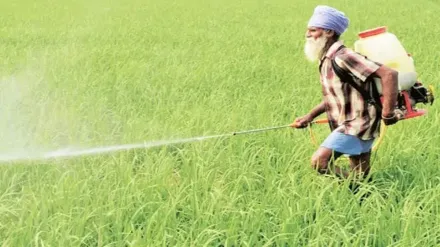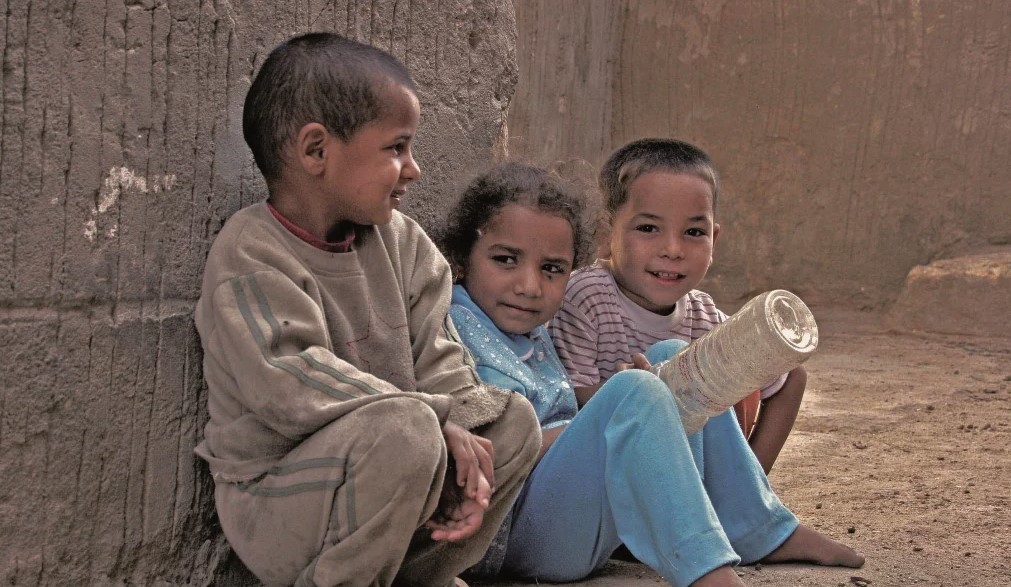What was India’s breadbasket is now staring at an economic crisis that could annihilate its agrarian ethos. What is new is that this grim about-turn from being the trophy of the Green Revolution to being a debt-ridden province in suspended animation has become a daily routine staple both on Breaking Hindi news and Punjabi news channels.
The 1960s and 70s Green Revolution had blessed Punjab with unprecedented wealth. The state was converted into India’s leading food grain producer by the application of high-yielding seeds, chemical fertilizers, and augmented irrigation.
But that’s not the way the story runs now. Now, the state is affected by widespread public debt, stagnant farm earnings, mounting joblessness, and an ecological damage crisis, raising more than a few questions: How did Punjab reach here?
The Costly Legacy of the Green Revolution
Green Revolution helped in doubling wheat and rice yields exponentially, revolutionizing the lives of rural dwellers and assuring the country’s food security. But its costly legacy in the long term was:
- Monoculture Dependence: Farmers cultivated paddy and wheat crops increasingly, resulting in declining groundwater tables and substandard soil.
- Chemical Overload: Fertilizer and pesticide abuse polluted the environment and was inducing increasing health issues in rural Punjab.
- Ignored Diversification: In spite of repeated policy recommendations, diversification of crops was still ignored because government agencies ensured wheat and paddy procurement.
These issues, however sparsely reported in Punjabi news, have now assumed prominence in national discourse, being prominently covered in Breaking Hindi news stories as agrarian distress in Punjab escalates.
Punjab’s Public Debt Issue
Punjab, as per Reserve Bank of India data, has the second highest debt-to-GSDP ratio among states in the nation—at over 45%.
It implies that out of each ₹100 earned by the state, there is over ₹45 worth of outstanding debt. State debt growth has proven to be unsustainable due to a variety of reasons:
- Free Power to Farmers: Politically popular though the subsidy has been, it came at a price for the state exchequer.
- Loan Waivers Without Reform: Numerous farm loan waiver programs were initiated, but in the absence of structural reform, they benefited only as short-run relief.
- Declining Industrial Base: Deindustrialization and absence of new investment have shrunk the tax base and jobs in Punjab.
Economists and finance professionals generally point out this factor on Breaking Hindi news TV programs, cautioning that Punjab may drown in a fiscal crisis unless prompt measures are adopted.
Farmer Suicides & Rural Distress
While the rest of India is making a smooth switch over to service-led growth, Punjab remains agri-dependent. Yet declining farm prices, cost of inputs, and rising debt have resulted in widespread rural distress.
Punjabi newspaper reports say that scores of farmers take their own lives every year, failing to repay loans they took from private moneylenders.
Apart from this, the average monthly income per capita of farming households in Punjab remained stagnant or decreased over the last decade in real terms.
Without a safety net and without counseling for mental health or financial planning, it has come to a boiling point.
Way Forward: Can Punjab Rebuild?
Though the employment is humongous, there is hope among experts that the economy of Punjab can be put back in line with the right kind of reforms:
- Crop Diversification: Promoting cultivation of horticultural crops, pulses, and oilseeds can decrease dependence on paddy and wheat.
- Water Management: A change to sustainable irrigation systems and limiting the use of groundwater is a necessity.
- Industrial Revival: Investment in MSMEs, agro-industries, and skill training schemes may stem unemployment and fill state treasuries.
- Fiscal Transparency: Cutting subsidies on giveaways and initiating performance-oriented subsidies can stop the rising debt.
These initiatives are already being deliberated in Breaking Hindi news and appearing in Punjabi news editorials, but grassroots-level action and political will remain gigantic obstacles.
Conclusion
Punjab’s economic meltdown is not only a state disaster, but it should ring alarm bells for the entire country of India. A story of success of the Green Revolution was what Punjab once was.
It is now a story of ecological imbalance, financial disaster, and human agony. Witnessed in the Breaking Hindi news headlines and feature articles of Punjabi news, Punjab’s economic meltdown can no longer be wished away.
To turn around the situation, both in mind and policy, there has to be a change at the earliest. Through sustainable agriculture, industrialization, and good governance only can Punjab ever hope to escape the debt trap and regain its position as a rich economic powerhouse of India.



